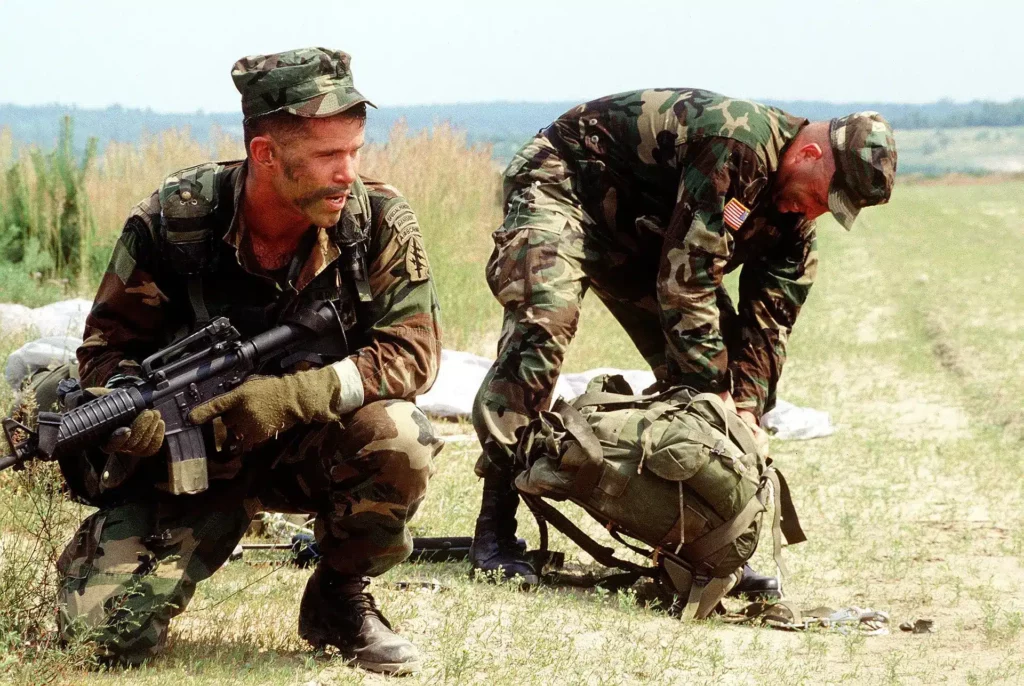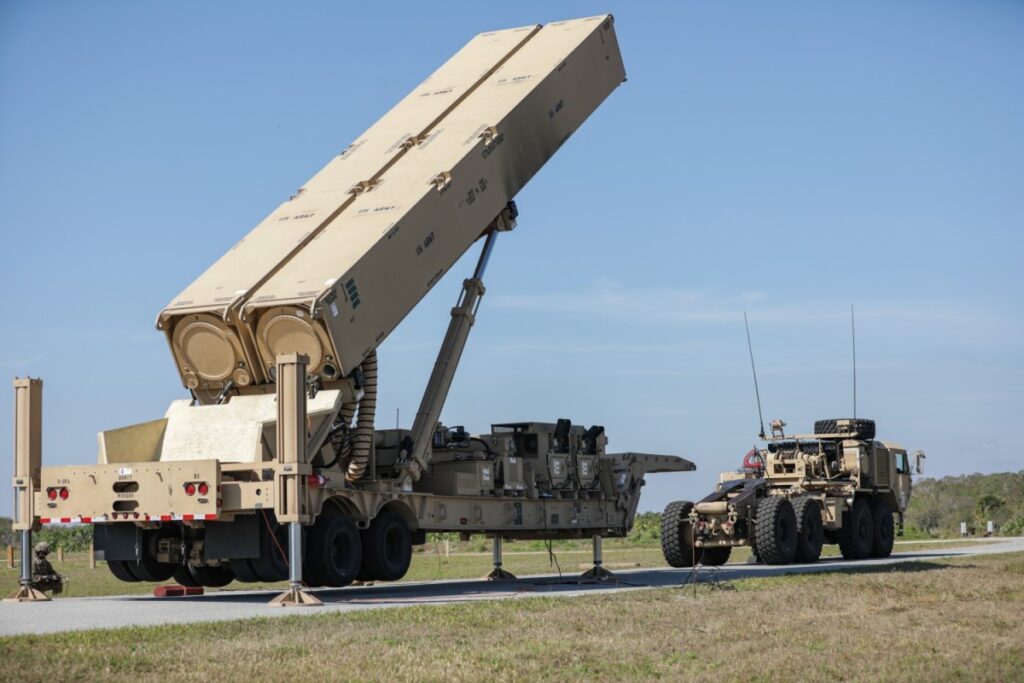In October 2015, the U.S. Marine Corps formally adopted the M4 carbine as its primary infantry weapon. The Army made the switch from the longer M16 rifle a decade earlier. Despite this, the M4 was never meant to be a primary infantry weapon. Rather, it was originally conceived as a specialized weapon to be issued on a limited basis.
During the Vietnam War, the military procured commercial-off-the-shelf carbine versions of the M16 from Colt. These shorter weapons were used by Special Forces as well as non-commissioned officers. Although the short barrels made the carbines handy, they significantly reduced the weapon’s ballistic capability and increased its muzzle flash and blast. Shortening the M16’s 20-inch barrel to 10 or 11.5 inches also adversely affected the weapon’s gas system and reduced reliability.
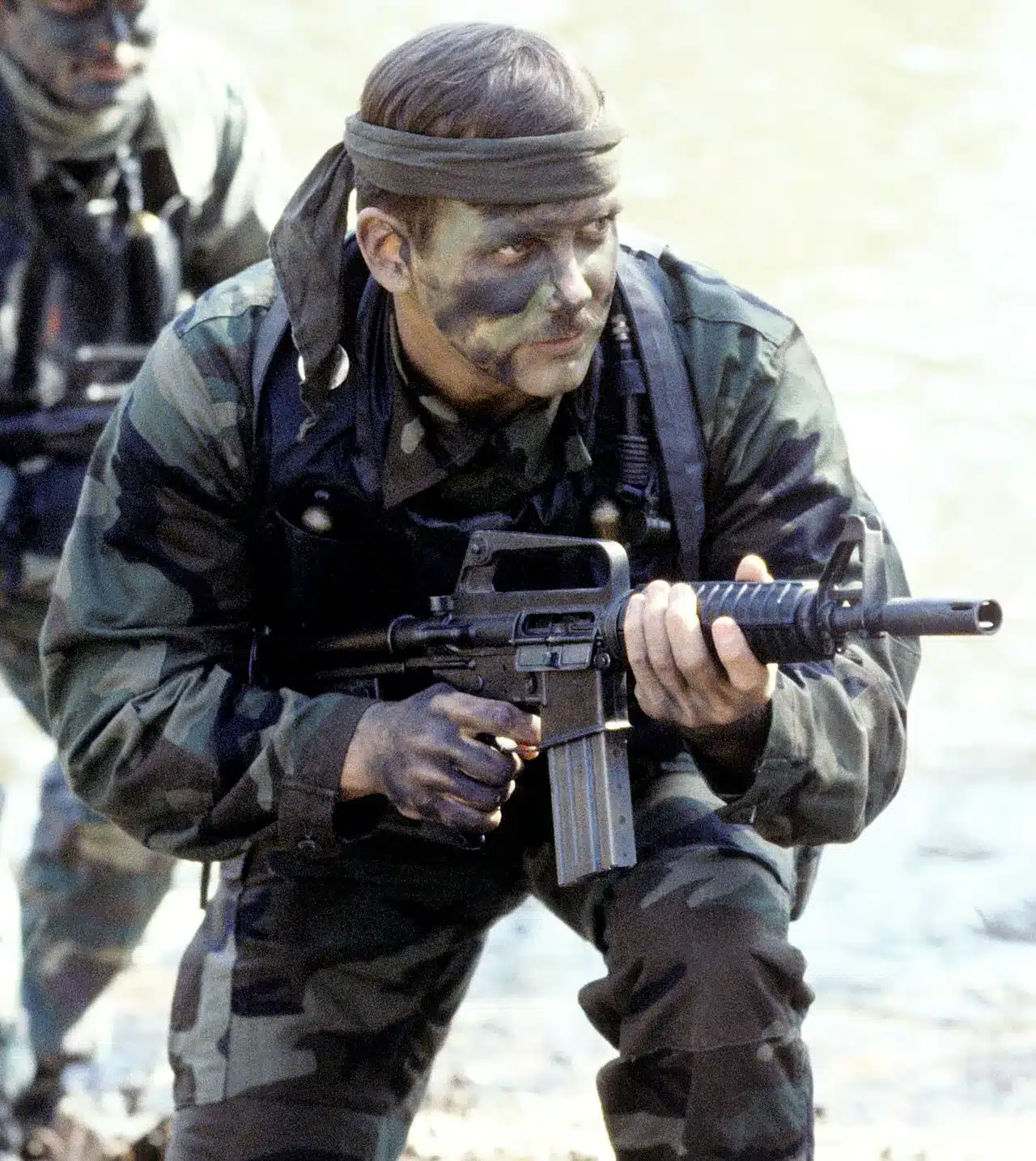
In the 1980s, the Army’s Armament Research and Development Center determined that 14.5 inches was the optimal barrel length for a reliable and effective carbine. Dubbed the XM4, this weapon was intended to replace the M1/M2 carbines as well as the M3 submachine gun and be issued to rear-echelon troops. At the same time, Special Forces operators used commercial-off-the-shelf carbines from Colt sporting 14.5-inch barrels.
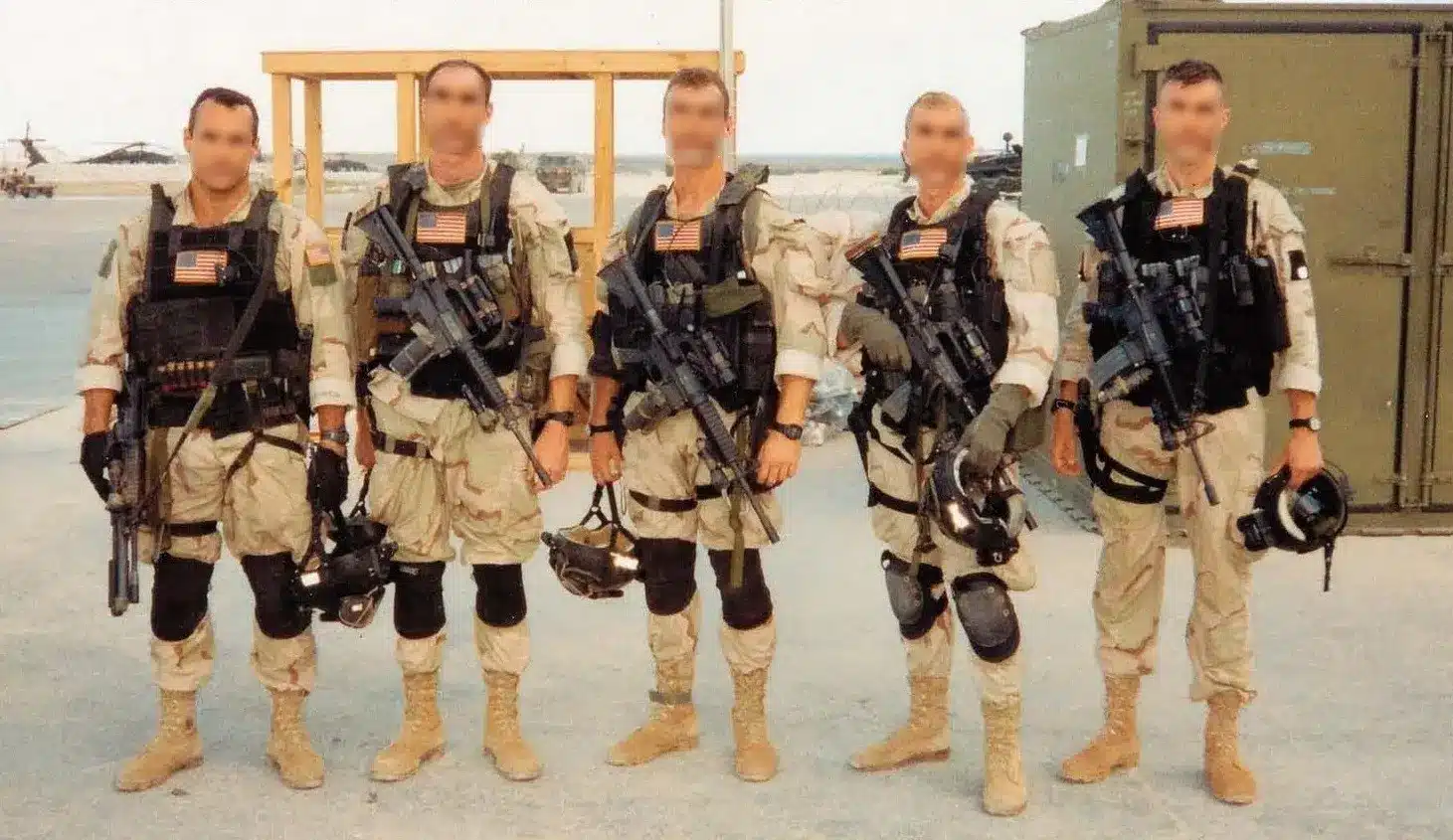
In June 1985, the government’s Picatinny Arsenal was contracted to produce 40 XM4 carbine prototypes. These weapons made improvements to the M16’s design to improve reliability with the shorter barrel and gas system like extended feed ramps and the carbine buffer. However, these changes infringed on the Colt’s ownership of the M16’s Technical Data Package. Rather than sue, Colt entered into a sole-source agreement with the military to produce the finalized M4. This was contested by FN Herstal, who won the M16A2 contract in 1988, but the contract was upheld in court.
Related: Brazil’s IA2 – Service rifles from around the world
Through the 1990s and early 2000s, the M4 saw limited adoption. However, troops who were issued the carbine prized it for its compact size and light weight compared to the M16. In fact, during the early days of the Global War on Terror, troops who were issued an M4 reportedly avoided turning them in for scheduled maintenance for fear of being issued back an M16. However, the carbine wasn’t meant for use in intense firefights and Special Operations Command ran into overheating failures. As a result, the heavy-profile SOCOM barrel was introduced for use within SOCOM.

As the war in Iraq escalated, the Army switched over from the M16 to the M4, providing troops with a weapon better suited to vehicle operations and urban warfare. In 2007, the Marine Corps ordered its officers and staff NCOs to carry M4s instead of M9 pistols. During the Global War on Terror, the M4 effectively replaced the M16 as the U.S. military’s primary weapon.
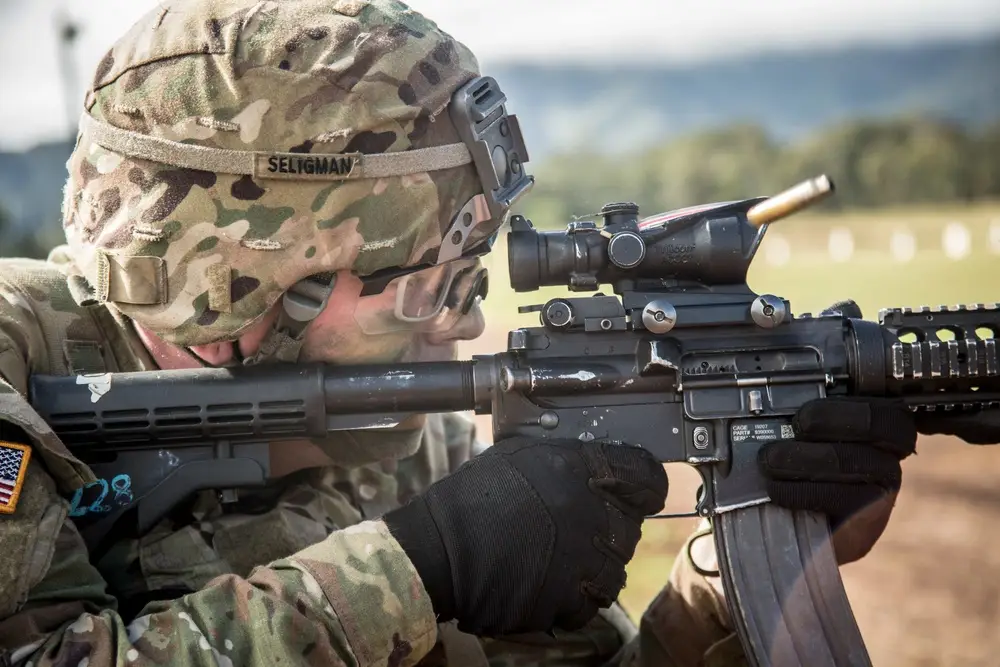
Colt’s sole-source contract for the M4 was an unforeseen goldmine for the company. With the carbine’s general adoption by the Army, Colt supplied tens of thousands of M4s without competition. It wasn’t until 2013 that FN was awarded an M4 contract. Although the Army adopted the XM5 (renamed the XM7) in April 2022 to replace the M16/M4, the carbine remains in regular service across the service.
This article by Miguel Ortiz was originally published by We Are the Mighty.
Feature Image: A 10th Special Forces Group soldier (left) with an M4, c. 1995 (U.S. Army)
Read more from Sandboxx News
- These are the differences between the M40 and M24 sniper rifles
- The S&W Light Rifle – The little carbine that could
- Keep fit on deployment with these improvised workout equipment ideas
- Project VENOM: The Air Force is adding AI pilots to 6 F-16s
- Navy plans to mount hypersonic missiles on Zumwalt stealthy mega-destroyers
